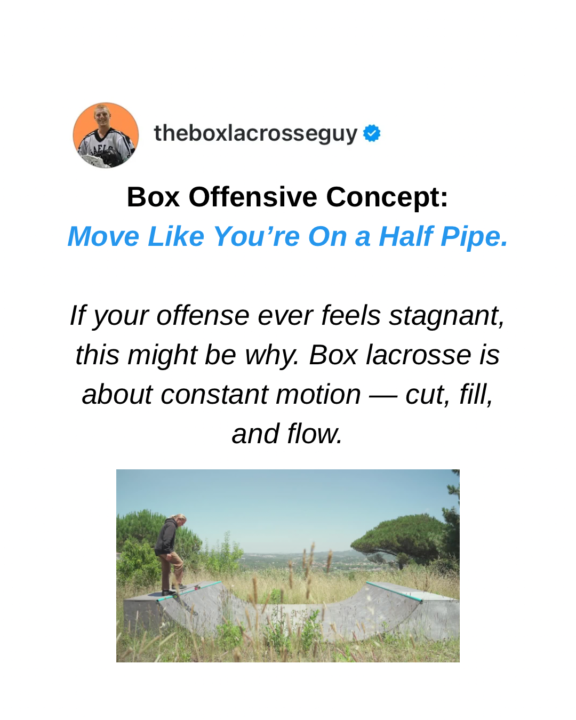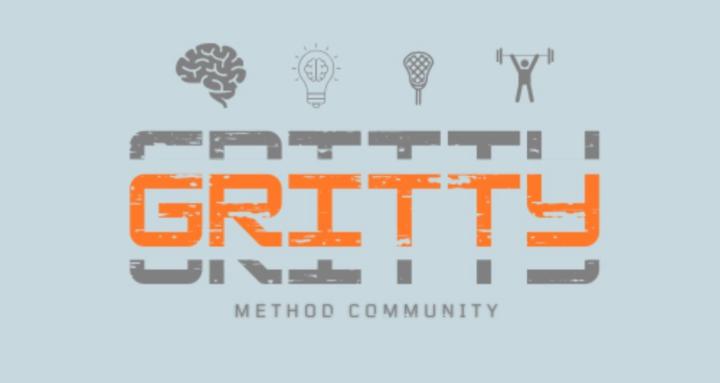Pinned
2 Hours of Box Finishing Fundamentals (Free)
Hey everyone! 👋 Thanks for signing up for my Skool community — I’m fired up to have you here. I created a Box Finishing Fundamentals course that breaks down everything you need to know about scoring inside the box. Inside, you’ll get: - 24 total workouts - Nearly 2 hours of on-film instruction with me walking you through finishing techniques, wall ball reps, and game-scenario drills - The same progressions I use with my athletes to build elite touch and confidence around the net This is normally a $97 course, but I’m giving it to you for free as a thank-you for joining. Think of it as 24 private lessons at your fingertips — anytime, anywhere. If you’d like access, please fill out the short form below, and I’ll send you the link directly. Let’s get to work — time to start finishing like a box player. 🥍🔥 — Coach Elliott https://docs.google.com/forms/d/e/1FAIpQLSdhbphYta6Th8Zmb2K4CFJ1ffA2772sCrPDhP8CVxSGz5ZLng/viewform?usp=publish-editor
Pinned
Start Here - Welcome/How To Video
🚀 Start Here – Welcome to the Community! We’re fired up to have you here! Before you dive into all the trainings, workouts, and conversations, take a minute to watch the welcome video. It’ll give you the big picture of what this community is all about and how you can get the most out of it. 👉 Your First Step Drop a comment below and introduce yourself: 1. Your name 2. Where you’re from 3. What you’re hoping to get out of this community And don’t forget to like this post so we know you’ve checked in. This is your first chance to connect, meet other athletes, and start building relationships. The more you put into this community, the more you’ll get out of it. Let’s get after it 💪

Get Up Swinging!!!
💥 Mindset Monday: “Yeah, that boy’ll get back up… he’ll come up swinging.” I like to picture God saying that about me. “Yeah, that boy — he fell. But he’ll get back up. He’ll come up swinging. Watch him.” That one always hits me deep. Because that’s truly my mentality. When I got hurt or hit on the floor, I never stayed down. I’ve torn every ligament in my ankle and still hobbled off the field because I didn’t want to be carried. When I broke my ankle, I went back out for a shift — no tape — and scored a goal. That’s who I am. It’s not about toughness for show — it’s about something inside you that refuses to quit. It’s saying, “You can’t keep me down.” And I think young people today need to hear that it’s okay to fight for what you want. Stop waiting for the perfect plan, stop scrolling for the perfect routine — just get gritty and attack your goals. When I’m 70, I want to sit back surrounded by family and friends and say: “I failed again and again… and I got back up every single time. I swung back harder at every problem. I never backed down — and that’s how I got here.” Because at the end of the day, it’s not talent or luck — it’s grit, consistency, discipline, and attack. All of us have that inside. You just need to find your why — the thing that fuels your fight. 🧠 Visualization Journaling Prompt Lyle Thompson once said: “Lacrosse is medicine. It gives back to you what you put into it.” That applies to everything in life. Without vision, effort drifts. 📝 Prompt: Take 5 minutes and write this out: • What is your why? • What are you putting into your goals right now? • What would it look like if you gave 10% more — not in perfection, but in grit? When you define your why, every practice, workout, and effort becomes purposeful. Because the moment you have vision — your effort finds direction.
2
0

🧠 The Half-Pipe Flow Principle
Box Offense Concept: The Half-Pipe Flow In box lacrosse, your off-ball movement should look like you’re skating on a half-pipe. When you go up one wall, you’ve got to come down and go up the other. That same rhythm applies to offensive spacing — you’re constantly cutting and filling. If you fill the shooter spot, your next move is down to the crease. After the crease, you come back up to the shooter. That cycle never stops. You should never be in one spot for more than 3–4 seconds — if you are, you’re clogging the offense. Box is built on timing, rhythm, and constant motion. What separates Canadian and Native box lacrosse players from everyone else is how they see and trust this flow. They’re constantly looking for the player cutting from the shooter spot down to the crease, ready to thread that impossible backside pass. They give it a chance — and you should too. When you cut, keep two hands on your stick. It keeps you balanced, makes you a threat, and lets you fight off checks while staying dangerous. Remember: Every cut must be followed by a fill. Cut → Fill → Cut again. That’s how great offenses keep their rhythm and flow. 🧩 Now — How You Do It Is Everything When you’re coming up the floor into that shooter position, there are a few key things to remember. 1️⃣ You have to be an outlet for the off-ball side. As you fill the shooter spot, have your stick up and ready. Be in a position to catch that ball and operate with your hands free for a second or two. It’s not always about setting up a shot — sometimes you’ll need to move it quickly down to the corner, or swing it back to the ball side if there’s a pick and roll developing. At the highest levels — like in the NLL — the best players do this instinctively. They’re constantly flipping it back, moving it ahead, and creating flow through quick, purposeful touches. 2️⃣ When you’re at that shooter position, it can be intimidating to cut through the middle. There are bodies everywhere, sticks flying, and chaos happening around you. But that’s why you’ve got to go fast — just commit and do it.
1
0

🧠 Film Study Breakdown: Josh Byrne’s Split Release
Josh Byrne is one of the most elite dodgers in lacrosse — and what makes him special isn’t flash; it’s simplicity and precision. In this clip, Byrne uses a split release — widening his base, then bringing his right foot back underneath his hips to create leverage. That small movement gives him balance, power, and control. When he finally crosses over and drives, he’s already won the battle. This is the type of dodge that applies to every level — from youth players learning fundamentals to advanced players refining their craft. If you’re serious about developing elite dodging ability, study how that right foot sets up everything. 🔥 Key Takeaways: - Wide base = options both ways - Right foot under body = leverage + power - Contact with bicep/shoulder = control through pressure - Simplicity wins Drop your thoughts below 👇 ➡️ Have you practiced your split release yet? ➡️ What’s your go-to dodge right now?
2
0

1-30 of 34

skool.com/the-path-to-success-3489
Build gritty lacrosse skills, IQ & mindset with Elliott Bender’s proven G.R.I.T.T.Y. Method. Step in, grow daily, and thrive.
Powered by

